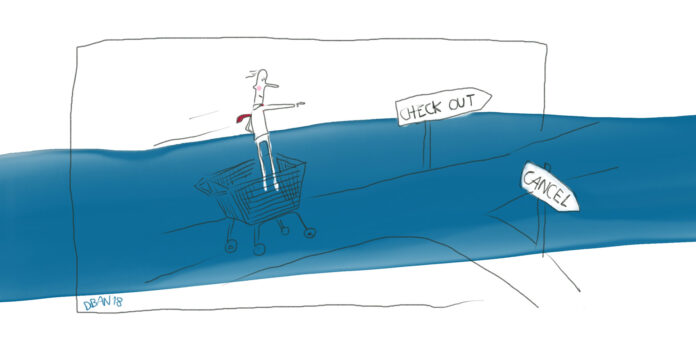It‘s a big problem for online retailers: customers load different items into their virtual shopping cart and then leave without making a purchase, and it can be particularly annoying if the customer abandons a transaction at the last moment. However, there are some ways to reduce this problem.
Be careful when requesting personal information
Many customers are very sceptical about entering personal information. Therefore, it is always advisable to avoid collecting unnecessary data. Where you require information that is essential for order processing, you could include small information boxes explaining why the data is actually necessary.
Authentication logos
Many users have little faith in retailers, simply because there are so many black sheep among online traders. They will often cancel a purchase, even after the purchase price has been agreed, because they have last-minute concerns that the provider may not deliver the ordered items. Authentication by institutions such as PayPal, Verisign or McAfee can help to increase user confidence if the relevant logos appear in a prominent position on the respective website.
Easy navigation when shopping has been completed
When customers click their shopping cart to complete the purchase, the subsequent navigation is often very complex. They may have to click back and forth several times, and often reload articles as part of the process. This activity can also lead to bailouts. Therefore, it is important that the shopping cart and all its items are always reachable with one click, so that customers can complete the purchase process quickly and easily.
Send emails after shopping has been cancelled
If a customer does not finish his or her purchase, it makes sense to send an email asking what the reason was. Although this can be done via an automated message, it is always more effective to send a personalised mail. Firstly, this may serve to remedy any existing problem. Secondly, it may act as a timely prompt, which can often coax customers to return and conclude their purchase.
This article was originally published on LinkedIn.







